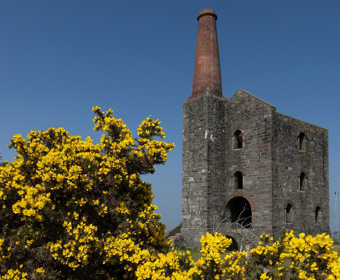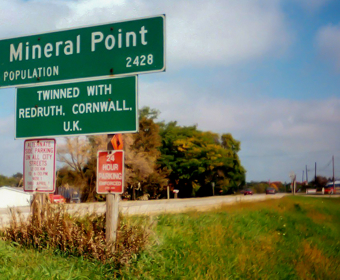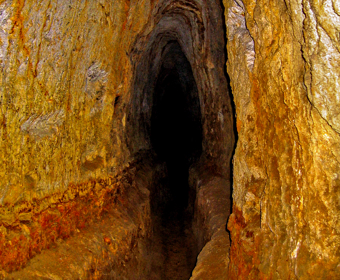A4 Wendron Mining District
Ranndir Balweyth Gwendron
Tranquil rural area famed for tin-streaming
The Wendron Area of the World Heritage Site is one of the smallest, however it is still rich in mining history and has some of the best preserved examples of mineworkers' smallholdings anywhere in the Site.
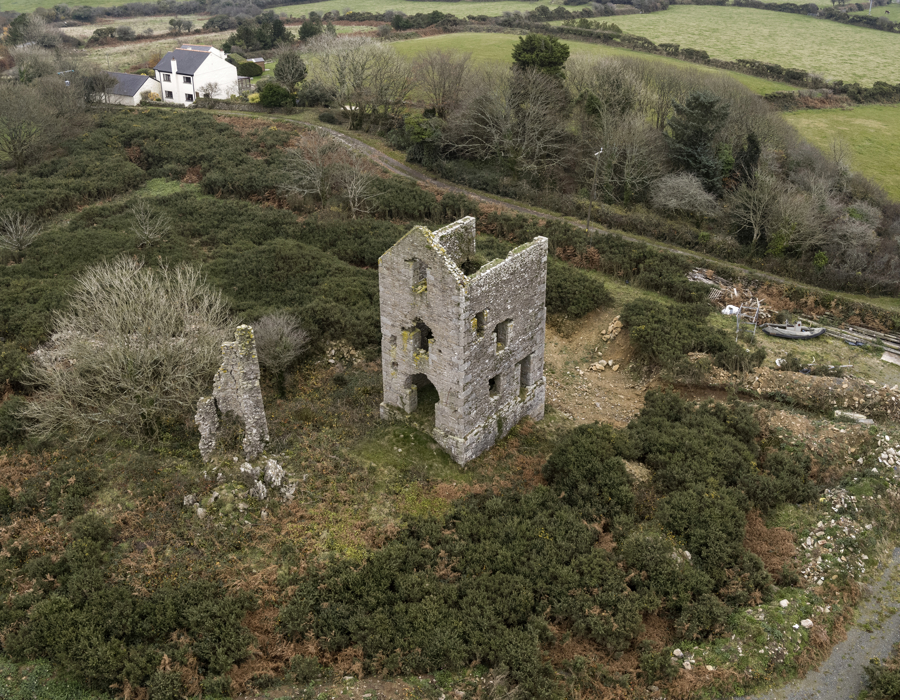
Explore the beautiful open moorland on foot to wind through footpaths and lanes leading to mining settlements and villages where Cornish miner's once lived.
In the heart of beautiful countryside surrounded by open moorland and gushing streams, Wendron is one of the smallest Areas in the Site – although its rich tin deposits meant it once had enough inhabitants to rival the combined population of Redruth and Camborne. This demand led to the creation of a large number of mineworkers’ smallholdings around Carnmenellis, which are among the best-preserved in the entire Site. Here you can see pretty granite cottages and tiny fields framed by dozens of low walls made from cob and moorland granite respectively.
Wendron has one of the longest recorded histories of tin working in all of Cornwall. Records show that the district’s rich alluvial deposits were worked by tin-streamers from before the 1500s. These early tin works led to the discovery of mineral lodes, which were exploited through both shallow and deep-shaft mining from the 17th century onwards. The small number of surviving engine houses are important landmarks – particularly those at Wheal Ann, Trumpet Consols and Wheal Enys.
At Poldark Mine (temporarily closed), visitors are able to venture underground into Wheal Roots – an 18th century tin mine – to learn about Cornish mining history and find out what conditions were really like for Cornish mine workers.
Wendron has one of the longest recorded histories of tin working in all of Cornwall.
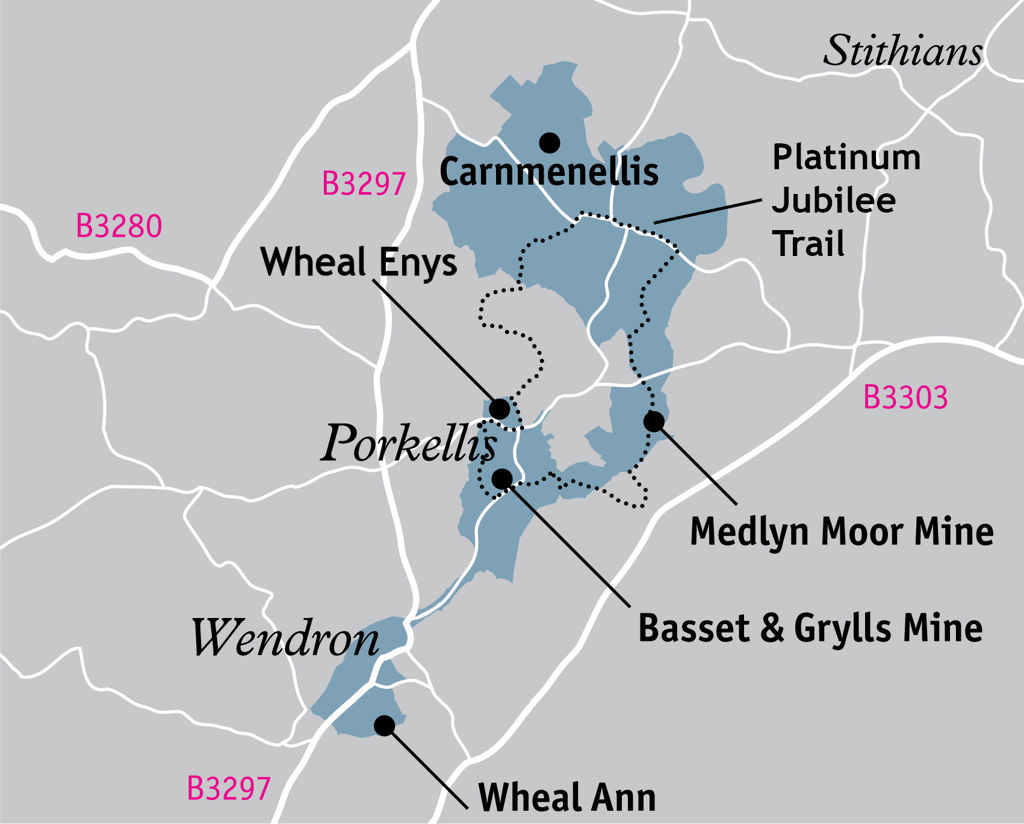
Venturing down into Wheal Roots – the 18th century tin mine at Poldark* – to learn about Cornish mining history and find out what conditions were actually like for Cornish mine workers
*Poldark Mine is temporarily closed
Also, viewing the re-sited Greensplat steam beam engine*; believed to have been the last to pump commercially in Cornwall
*Poldark Mine is temporarily closed
Exploring Porkellis Moor, owned by the National Trust– where nature has reclaimed the ancient mining landscape
Walking the footpaths around Carnmenellis (in the north of the Area) and seeing the surviving mine workers’ smallholdings – probably the best examples in the whole Site. (Footpaths ring Carnmenellis but do not connect with the summit of the hill)
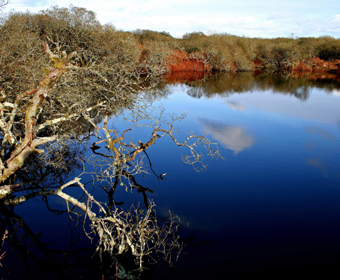
Porkellis Moor
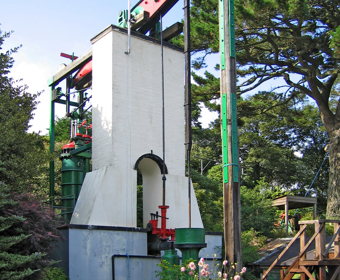
Poldark Mine and the Greensplat beam engine - temporarily closed
Rural mining district
Near surface alluvial tin production
Former tin-streamworks
Extensive upland minerworkers’ smallholdings. The relationship between mining and the development of smallholdings which emerged in the late eighteenth century is clearer here than anywhere else in the site.
Engine houses; Basset & Grills Mine (1858), Wheal Enys (1852), Medlyn Moor Mine and Trumpet Consols.
Tin dressing floors
The Audio Trail guides below explore the Wendron Mining District and introduce many of the notable features of the area.
Information sheets are also available to accompany the Audio Trail guides and please see the links to these below.
Wendron Audio Trail Delve Deeper
